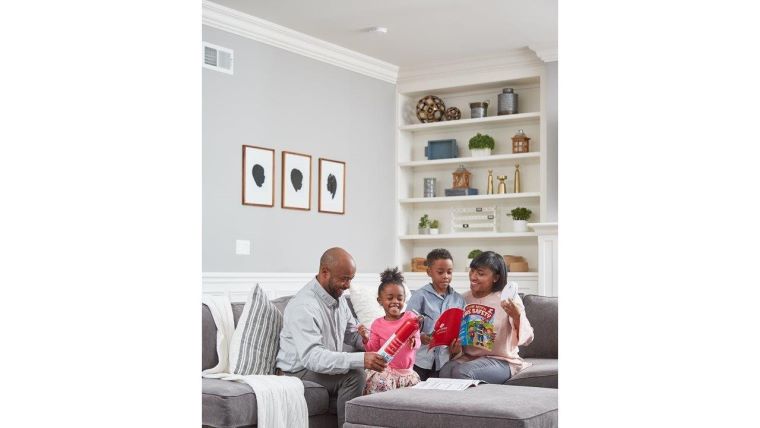
The best methods to prevent home fires include: prevent fires from starting through home electric systems, maintain working smoke and carbon monoxide ( CO ) alarms in your home and outside all bedrooms. plan and practice a home fire escape plan so all occupants in the home know exactly what to do should the smoke alarms sound in an emergency.

Nobody wants to believe a catastrophic event like a fire can happen to them, but home fires affect tens of thousands of families every year. According to the National Fire Protection Association (NFPA), home fires occur more in the winter than during any other season. Take the following steps to ensure your family and home are protected from the unexpected.
1) Test, maintain and replace.Correct smoke alarm placement, regular maintenance and alarm replacement are essential parts of a comprehensive fire safety plan. Once alarms are installed on every level and in every bedroom, test them regularly, change the batteries every six months if battery-powered and be sure all alarms have a battery backup if hardwired. If you can’t think of when you last installed your smoke alarms, chances are, it’s time to replace them. Smoke alarms don’t last forever and need to be replaced at least every 10 years. When it’s time to replace your alarms, install alarms with a 10-year sealed battery that eliminates late-night battery chirps and battery replacements for a decade.
Installing smoke alarms is step one, but knowing what to do when they go off is vital to your home safety plan. Involve everybody in your household when developing an emergency escape plan. Collectively identify two exits out of each room, including windows and doors, and set a dedicated meeting spot outside. Once outside, stay outside and call 911. Be sure to practice your escape plan with your entire family at least twice a year.
“When developing an escape plan, it’s important to prioritize escaping, leaving all personal belongings behind,” said Ashley Gocken, a home safety expert with First Alert, a leader in residential fire safety. “The planning process helps families practice how to safely evacuate children, pets and anyone in the household needing special assistance.”
If you encounter smoke while escaping from a fire, consider using an alternative escape route. However, heavy smoke and poisonous gases collect first along the ceiling, so if you must escape through smoke, drop to the floor, crawl on your hands and knees and keep your head 12 to 24 inches above the floor.
Before bed or when leaving home, you should always close windows and doors as a preventative measure. This is important because oxygen will allow fires to continue to grow if a fire does start. Closing windows and doors holds back the radiating heat of fire for a short period. If a fire breaks out when you are home, focus on your escape plan rather than closing windows and doors. This allows you a better chance to escape and can also improve otherwise untenable conditions.
To learn more about how to keep your family and home safe from fire, visit FirstAlert.com.